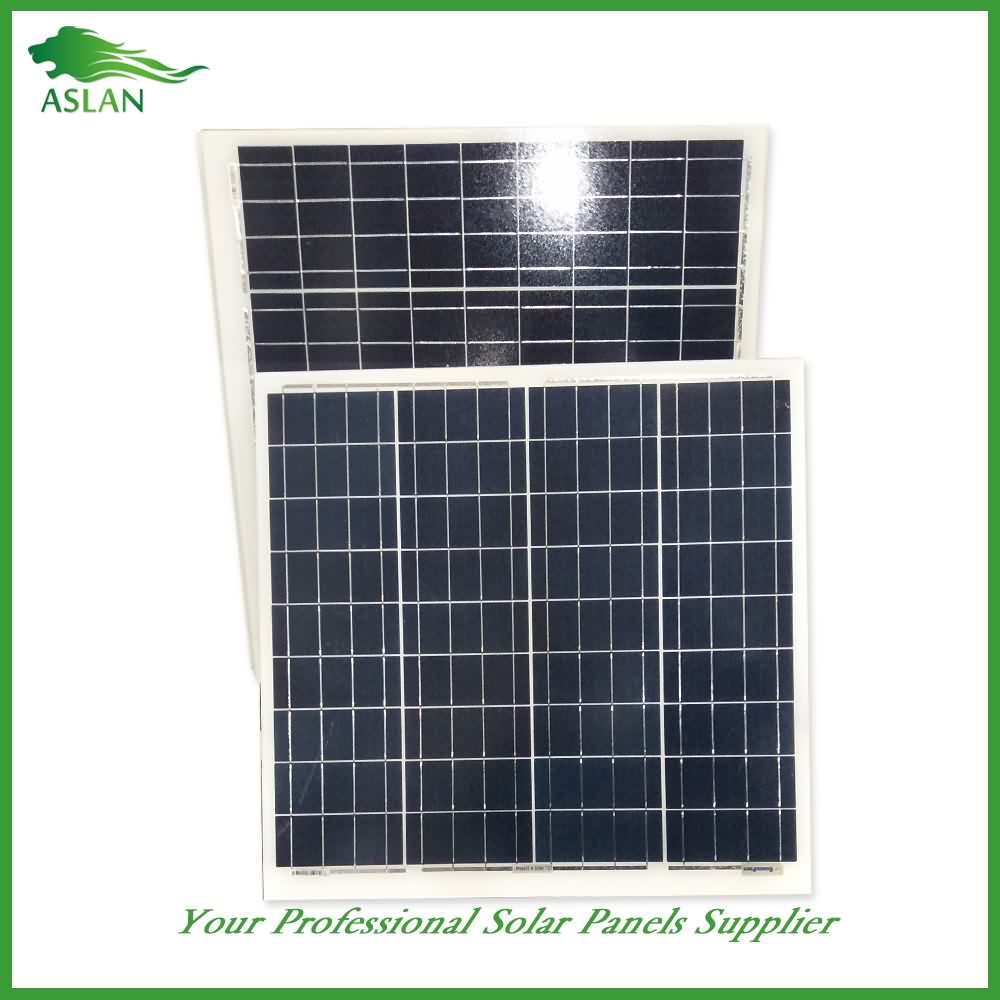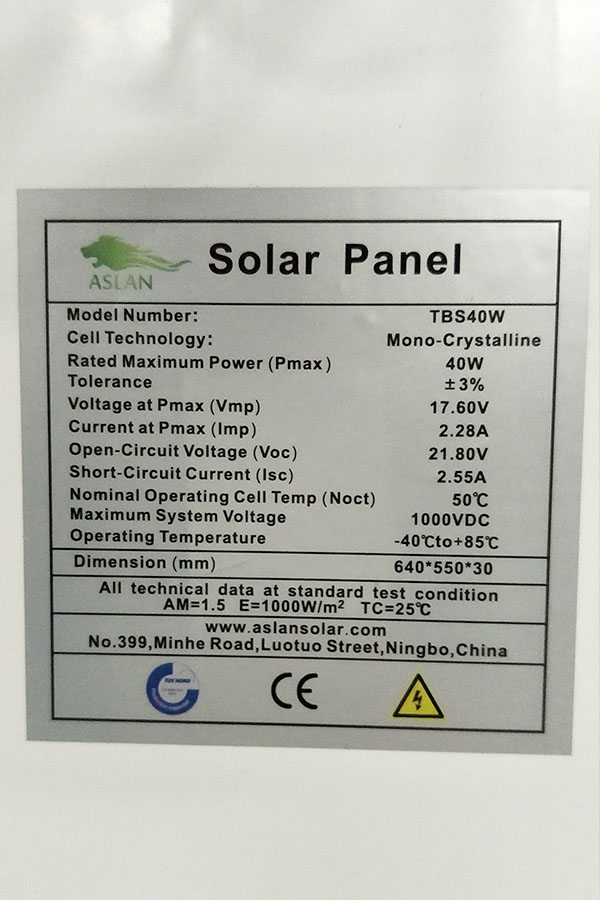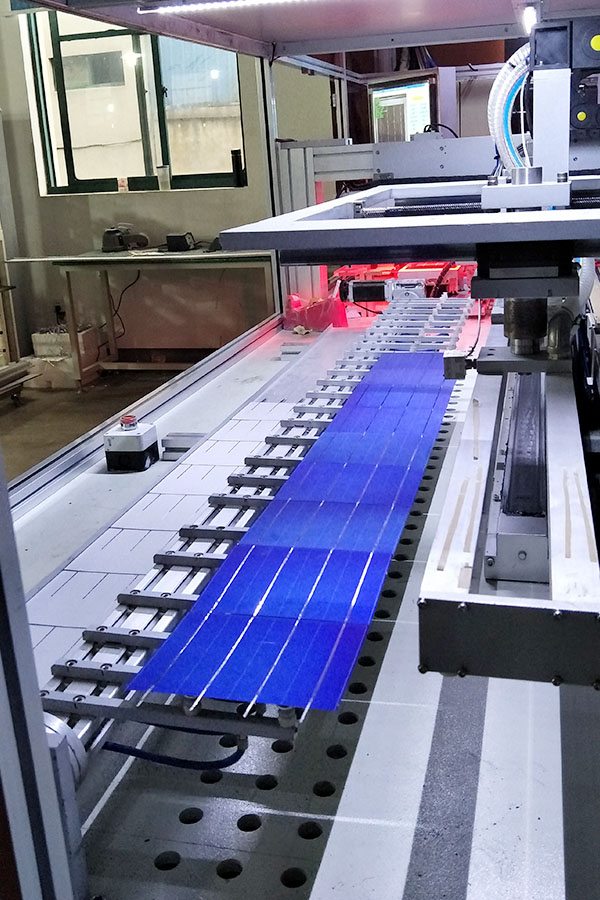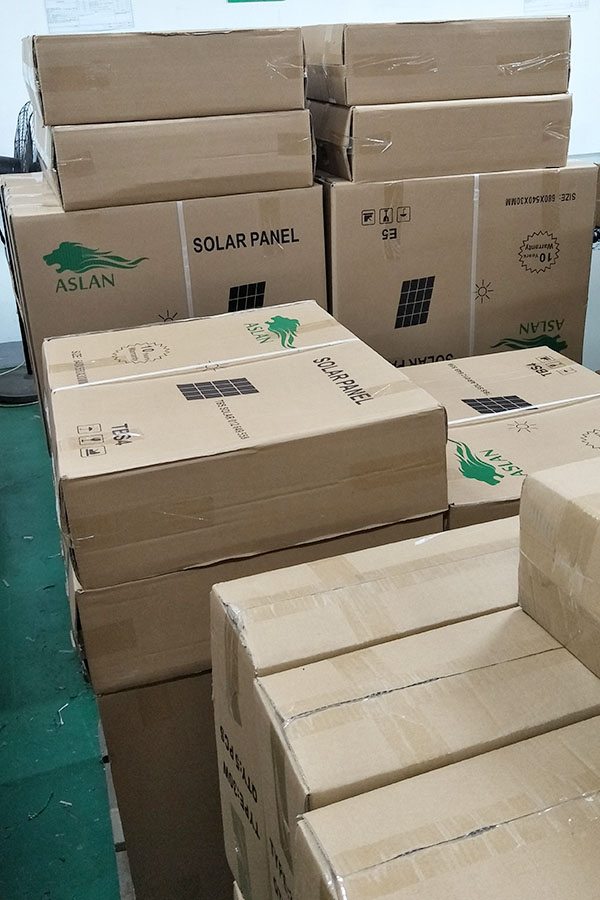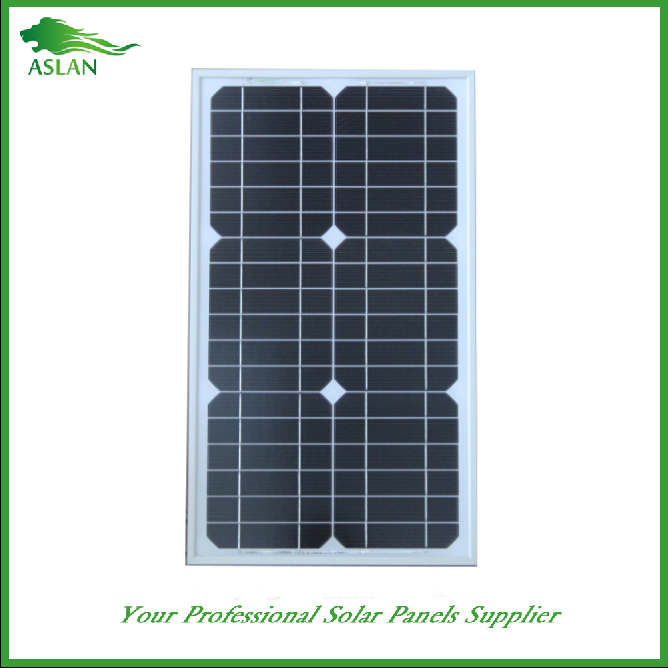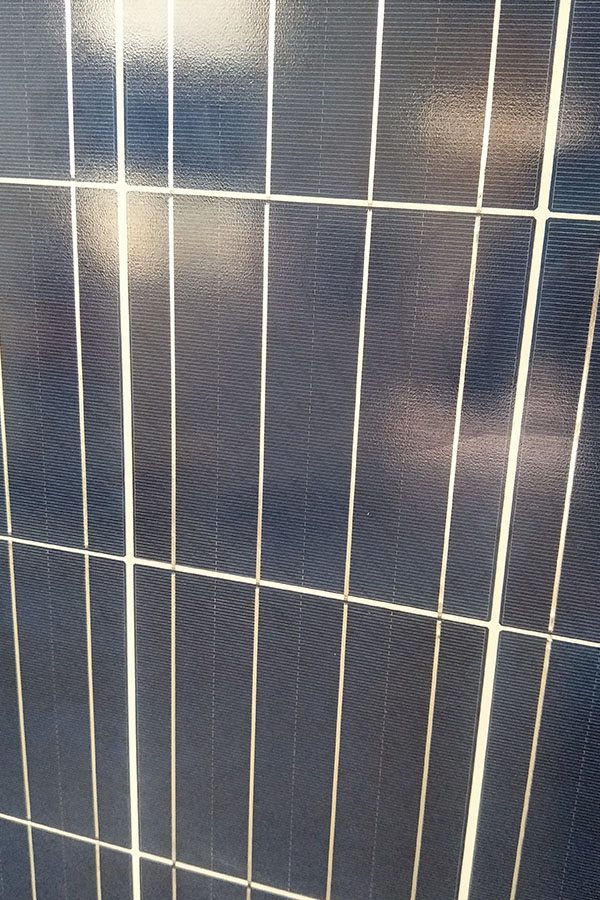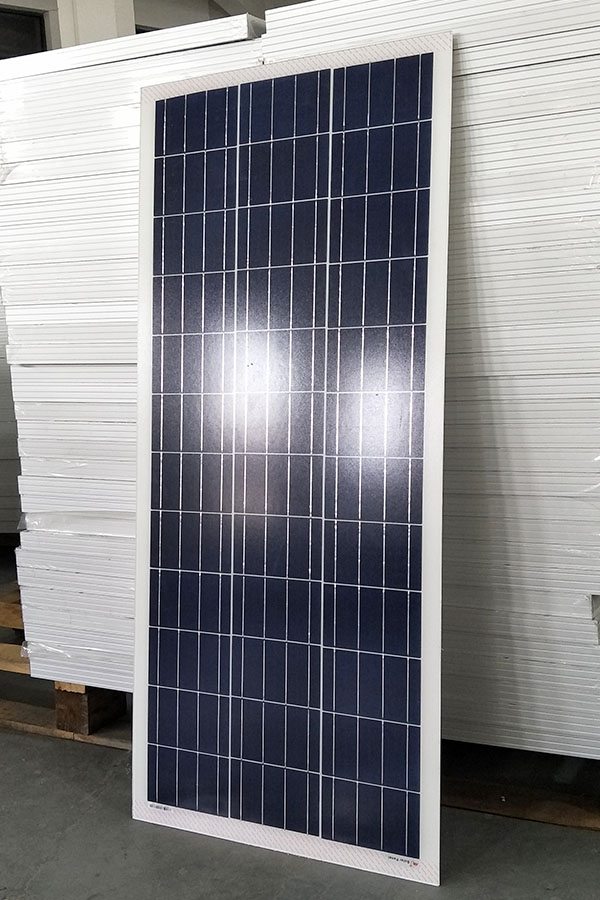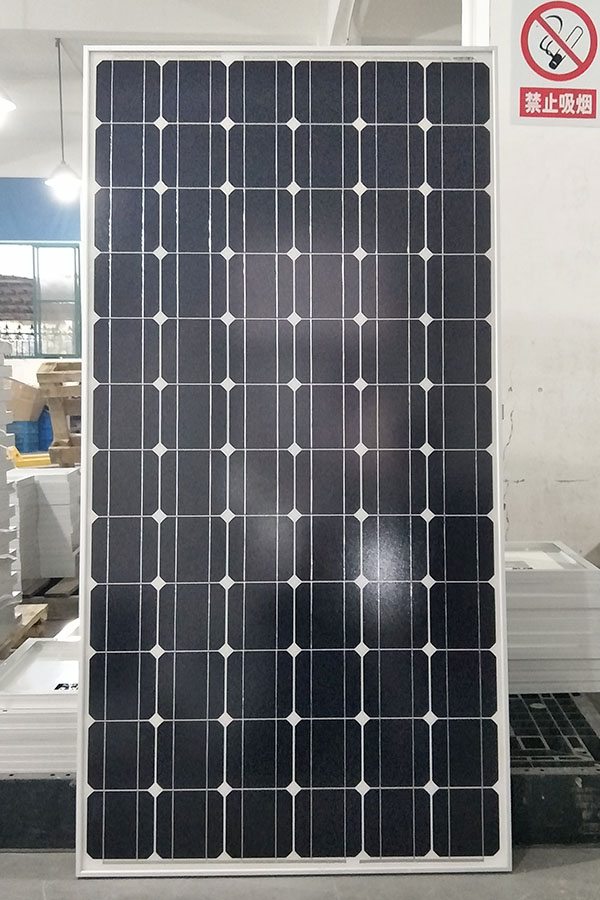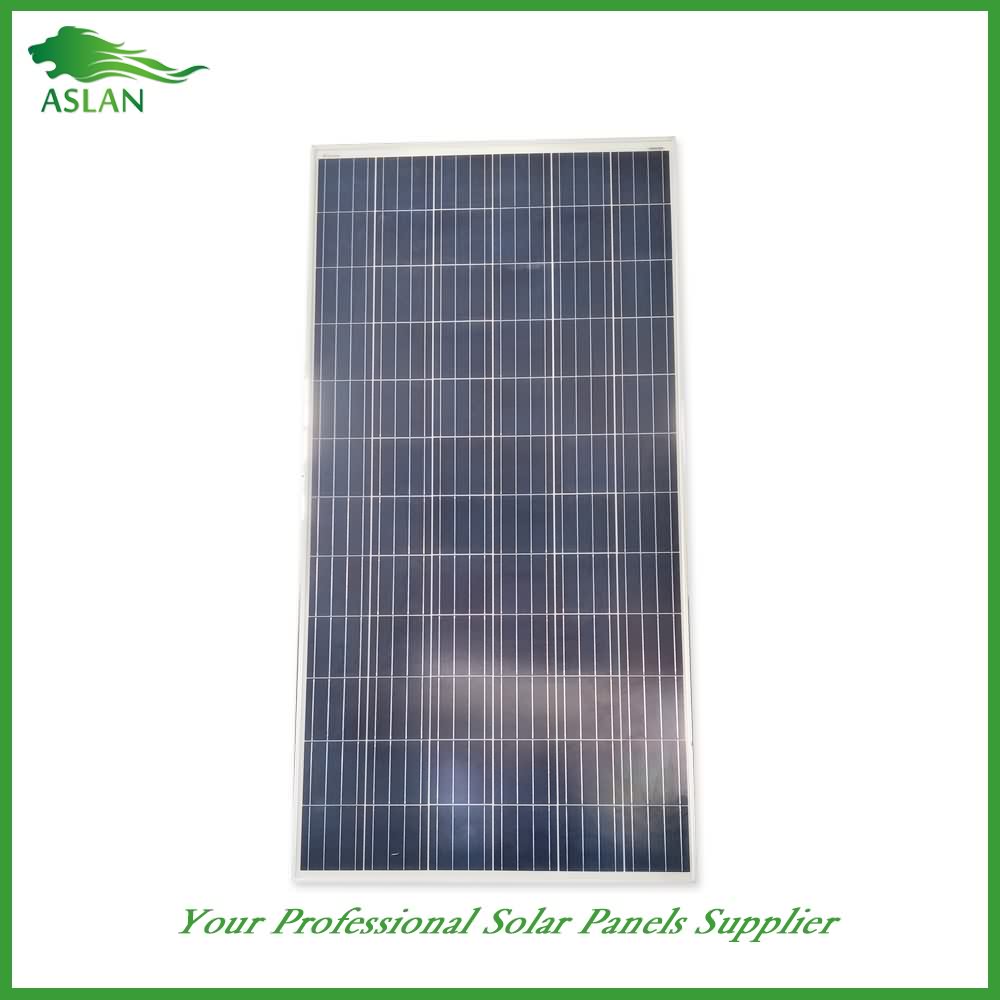Factory Price For Poly-crystalline Solar Panel 50W for St. Petersburg Factories
Short Description:
we can offer high quality products, competitive price and best customer service. Our destination is "You come here with difficulty and we give you a smile to take away" for Factory Price For Poly-crystalline Solar Panel 50W for St. Petersburg Factories, Our aim is to help customers realize their goals. We are making great efforts to achieve this win-win situation and sincerely welcome you to join us
Poly-crystalline Solar Panel 50W
Technical parameter
Maximum Power(W) 50W
Optimum Power Voltage(Vmp) 18.43V
Optimum Operating Current(Imp) 2.71A
Open Circuit Voltage(Voc) 22.48V
Short Circuit Current(Isc) 2.98A
Mechanical Characteristics
Cell Type Poly-crystalline 156 x 52mm
No of Cell 36 (4x9pcs)
Dimensions 678x542x25mm
Weight 4.2Kg
Front Glass 3.5mm,High Transmission, Low Iron,Tempered Glass
Junction box IP65 Rated
Output Cable TUV 1×4.0mm2/UL12AWG,Length:900mm
Temperature and Coefficients
Operating Temperature(°C): -40°C ~ + 85°C
Maximum System Voltage: 600V(UL)/1000V(IEC) DC
Maximum Rated Current Series: 15A
Temperature Coefficients of Pmax: -0.47%
Temperature Coefficients of Voc: -0.389%
Temperature Coefficients of Isc: 0.057%
Nominal Operationg Cell Temperature (NOCT): 47+/-2°C
Materials of solar panel
1).Solar Cell——Poly-crystalline solar cell 156*52mm
2).Front Glass——-3.2mm, high transmission, low iron, tempered glass
3).EVA——-excellent anti-aging EVA
4).TPT——-TPT hot seal made of flame resistance
5).Frame——anodized aluminum profile
6).Junction Box——-IP65 rated, high quality, with diode protection
Superiority: high quality anodized aluminum frame, high efficiency long life, easy installation, strong wind resistance, strong hail resistance.
Features
1. High cell efficiency with quality silicon materials for long term output stability
2. Strictly quality control ensure the stability and reliability, totally 23 QC procedures
3. High transmittance low iron tempered glass with enhanced stiffness and impact resistance
4. Both Poly-crystalline and Mono-crystalline
5. Excellent performance in harsh weather
6. Outstanding electrical performance under high temperature and low irradiance
Quality assurance testing
Thermal cycling test
Thermal shock test
Thermal/Freezing and high humidity cycling test
Electrical isolation test
Hail impact test
Mechanical, wind and twist loading test
Salt mist test
Light and water-exposure test
Moist carbon dioxide/sulphur dioxide
The Project Loon team, part of the company’s X research lab, said it was now able to use machine learning to predict weather systems.
It means the firm has far greater control over where its balloons go, making it possible to focus on a specific region, rather than circumnavigating the globe.
Clustering a small number of balloons greatly reduces the cost of the idea, Google’s “captain of moonshots”, Astro Teller, told reporters.
“We can now run an experiment and try to give service in a particular place in the world with ten, twenty or thirty balloons,” he said, rather than the hundreds needed previously.
“Real users” will be able to use the system in the “coming months”, he added – but he did not specify where the initial roll out would take place.
Rural ambition
Google’s aim is to provide connectivity to the around four billion people in the world who do not have access to the internet, particularly those in difficult-to-reach rural areas.
Rather than undertake huge construction projects to replicate connectivity networks in the developed world, the firm has instead experimented with beaming down connectivity from a network of huge, tennis-court sized balloons.
The balloons float in the stratosphere around 11 miles high. By raising or lowering altitude, the balloons can be caught in different weather streams, changing direction.
By using machine-learning algorithms, Google thinks it has cracked a way to predict weather with enough accuracy to make it possible to hover balloons over a relatively small area for a long period of time.
Last last year the firm was able to keep a cluster of balloons over Peru for three months.
Spin off
Over the past year Google has come under increasing pressure from its shareholders to rein in the costs of its more outlandish ideas.
Last month, the firm has spun off its self-driving project into a new company – Waymo – and has stepped up attempts to commercialise the technology amid criticism it was taking too long to make money from its work.
Mr Teller said Project Loon was one of the more “mature” moonshot ideas at the company, but while it was entering into contracts with telecoms firms, Google was in “no rush” to make Project Loon a stand-alone business.
“The service has a much better chance of being profitable which is obviously exciting for us,” he said.
“Things have gone much better than we anticipated they could go. That has made the prospects of Loon even better than we had anticipated.”
Falling out of the sky
One key hurdle for the company to overcome is the reliability of its balloons. To date, the record for continuous balloon flight has been 190 days.
At a research lab within Google’s campus in Mountain View, California, development teams painstakingly analyse each failed balloons on a huge scanner nicknamed “Billie Jean” owning to light panels reminiscent of the illuminating pavement in Michael Jackson’s iconic music video.
Other technologies trying to achieve similar goals have been tested by Google and others. The company recently shut down Project Titan, an effort to use solar-powered drones to deliver connectivity to a wide area. The programme was cancelled owing to economic and technology difficulties, the company said.
Facebook has attempted to work with similar technology. Its Project Aquila drone, which is being developed in the UK, suffered a major setback when one of its craft crashed last June.
On the challenge facing Project Loon, Mr Teller admitted that many at the company did not think it would ever actually work.
“If we’d known how hard it was going to be, we probably never would have tried,” he wrote in a blog post published on Thursday.
Link to our solar panels http://mwands.com/store/solar-products/solar-panels
Missouri Wind And Solar website http://www.mwands.com
Our facebook page http://www.facebook.com/pages/Missouri-Wind-and-Solar/122310541038
Missouri Wind and Solar
332 Cobblestone Drive
Seymour, Mo. 65746
ph # 1-417-708-5359 or 1-417-935-2260
or 1-417-935-2281
email sales@mwands.com
sales associates
alex@mwands.com 1-417-708-5359 extension 201
ethen@mwands.com 1-417-708-5359 extension 202
cameron@mwands.com 1-417-708-5359 extension 203
todd@mwands.com 1-417-708-5359 extension 204
Come into the store and see us!
